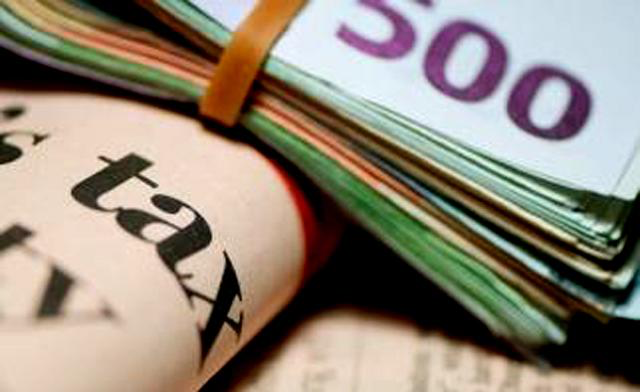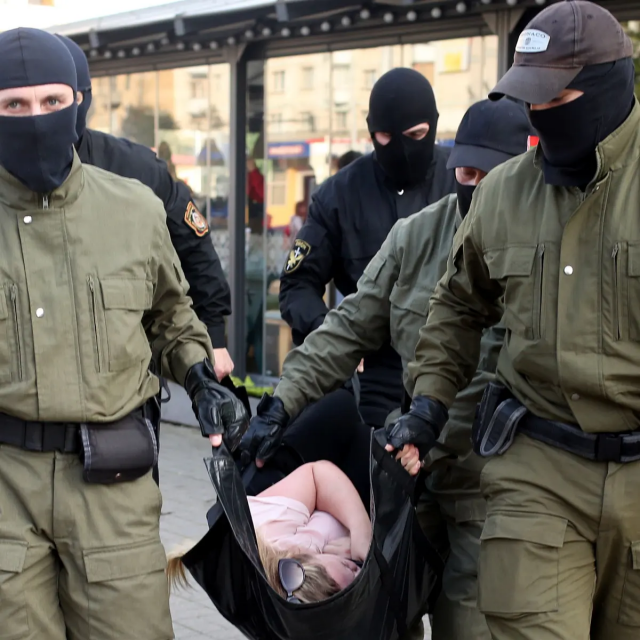EU economy and finance ministers have welcomed the assessment of the Czech and Irish recovery and resilience plans. Council implementing decisions on the approval of the two plans will be adopted by written procedure shortly after today’s ministers’ video conference.
The adoption of the decisions will allow these countries to start implementing reforms and investments outlined in their national plans, with the aim of fostering the recovery from the COVID-19 pandemic and making their economies fit for the future. It also permits Czechia to sign a grant agreement with the Commission and receive 13% pre-financing. Ireland did not request a part of its allocated funds to be frontloaded.
“I am very happy to announce some good news today. Czechia and Ireland will soon be able to begin putting their recovery and resilience plans into effect. Implementation of member states’ envisaged reforms and investments will support the green and digital economic transition, helping our economy to recover from the pandemic and making it more resilient in the future,” said Andrej Šircelj, Slovenia’s Minister for Finance
The Czech (€7 billion) and Irish (€989 million) plans focus on the key challenge of our time – the climate and digital transition. They also address a significant part of the country-specific recommendations identified in the course of the 2019 and 2020 European Semester exercise.
Increasing the share of sustainable modes of transport, improving energy efficiency in buildings and replacing coal-fired boilers for households, as well as enhancing flood protection and reforestation are some of the measures Czechia plans to implement to address the climate challenges. It intends to step up digital transformation by, among other things, investing in very high-capacity networks and expanding its digital government and health services.
Ireland will foster its green transition with measures that include a gradual increase in the carbon tax, retrofitting of selected public buildings, rehabilitation of peatlands in order to promote biodiversity and eco-systems, and investing in sustainable railway transport. It aims to achieve its digital targets with investments in the related infrastructures and the development of digital skills throughout education.
Reaching milestones and targets set for the planned measures is the precondition for payment of the EU’s financial contributions.
Council decisions on the approval of the assessment of the recovery and resilience plans is the final step before member states can start making use of the Recovery and Resilience Facility. With its financial envelope of €672.5 billion, the facility’s objective is to power the recovery and make the European economy more sustainable and resilient. The implementation of reforms and investments is a coordinated effort that aims to both benefit an individual member state and generate positive spillovers across the whole EU.




